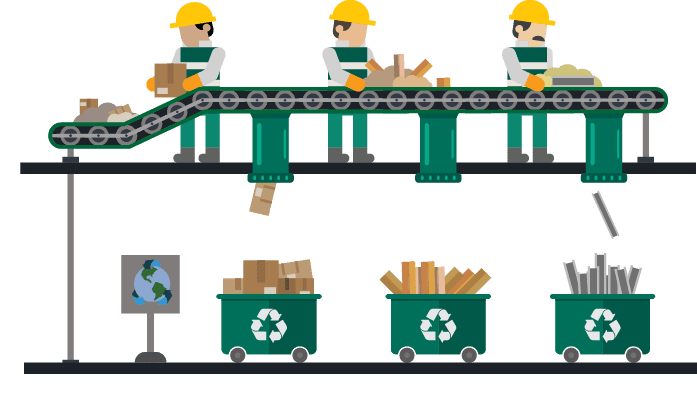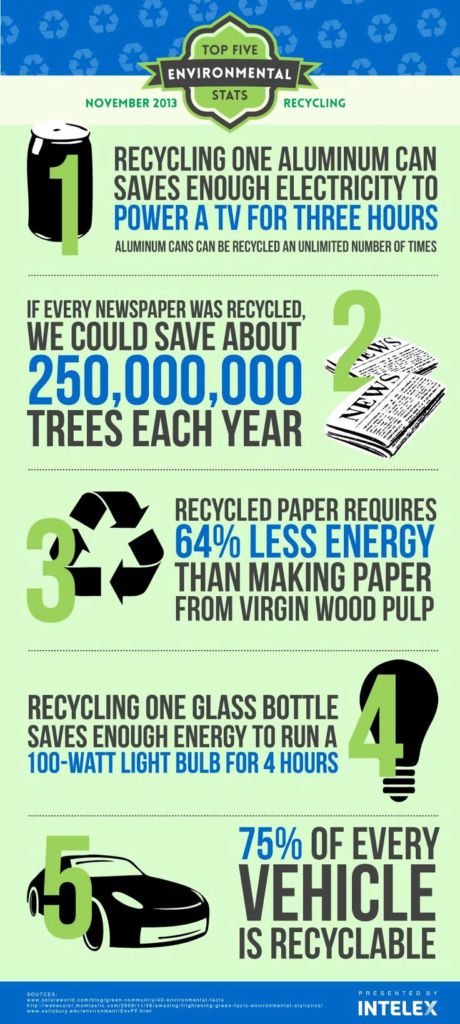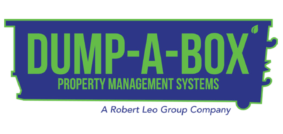

Where does your waste go?
Every year, approximately a million tons of waste are disposed of at the Franklin County Sanitary Landfill. According to the Solid Waste Authority of Central Ohio, each resident in Franklin County generates on average 4-5 pounds of waste every day, which, if not reused, recycled, or composted, makes its way to the landfill. SWACO offers the public an opportunity to learn more about the process and tour the landfill. They encourage pictures, videos, and the sharing of the process through social media and the #Waste2Resources tag. Tours can be scheduled as school field trips, other group tours, or as an individual joining a general public tour.
While proper landfill procedures are extremely important, it is ideal to avoid disposal altogether. An alternative method called waste diversion can significantly reduce our trash and our carbon footprint on the environment. Diversion is a process that redirects waste from landfills through recycling and source reduction activities. If landfills shrink or decrease in number, then it can be gathered that a successful waste diversion plan is being implemented. If landfills have increased in number, then it is probable that more can be done to combat the growing population and amount of waste we produce. EPA’s WasteWise program encourages businesses to achieve sustainability in their practices and reduce select industrial wastes. WasteWise is part of EPA’s sustainable materials management efforts, which promote the use and reuse of materials more productively over their entire life cycles. Carbonfund.org suggests ways to “Reduce What You Can, Offset What You Can’t.™” They encourage everyone to think about their lifestyle decisions and find opportunities to reduce their climate impact.
Here are 10 ways you can begin to reduce your waste today:
-
Bring reusable bags and containers when shopping, traveling or packing lunches or leftovers.
-
Choose products that are returnable, reusable, or refillable over single-use items.
-
Avoid individually wrapped items, snack packs, and single-serve containers. Buy large containers of items or from bulk bins whenever practical. Be aware of double-packaging; some “bulk packages” are just individually wrapped items packaged yet again and sold as bulk items.
-
Purchase items such as dish soap and laundry detergents in concentrate forms.
-
Compost food scraps and yard waste. Food and yard waste accounts for about 11 percent of the garbage thrown away in the Twin Cities metro area. Many types of food scraps, along with leaves and yard trimmings, can be combined in your backyard compost bin.
-
Reduce the amount of unwanted mail you receive. The average resident in America receives over 30 pounds of junk mail per year.
-
Shop at second-hand stores. You can find great used and unused clothes at a low cost to you and the environment. Buy quality clothing that won’t wear out and can be handed down, whether to other people you know or on to a thrift store.
-
Buy items made of recycled content, and use and reuse them as much as you can. For instance, use both sides of every page of a notebook before moving on to the next clean notebook.
-
Use unneeded, printed on printer paper for a scratchpad. Also, remember that buying in bulk rather than individual packages will save you lots of money and reduce waste! Packaging makes up 30% of the weight and 50% of trash by volume.
-
Buy juice, snacks, and other lunch items in bulk and use those reusable containers each day.



